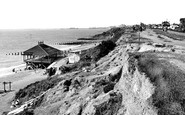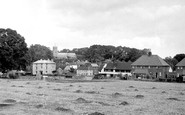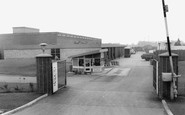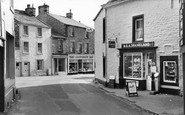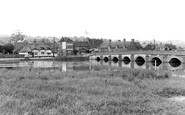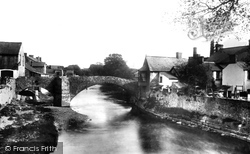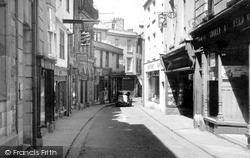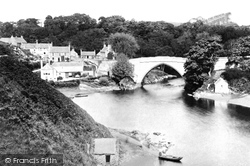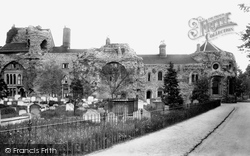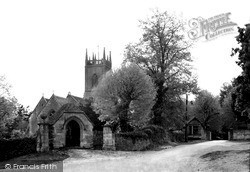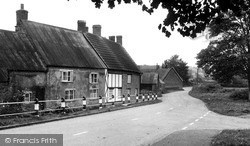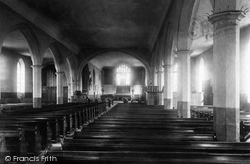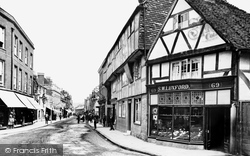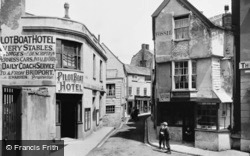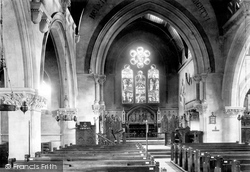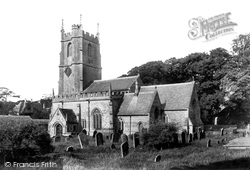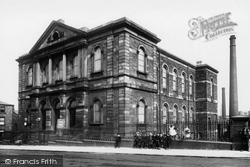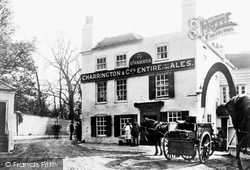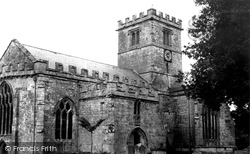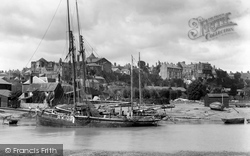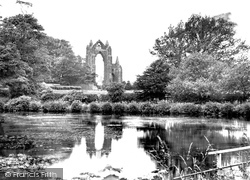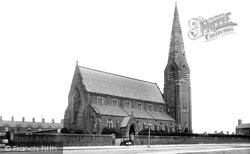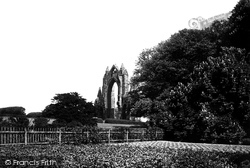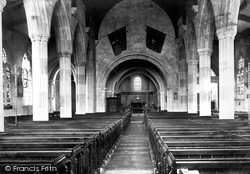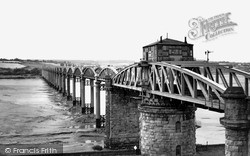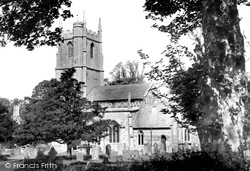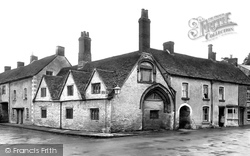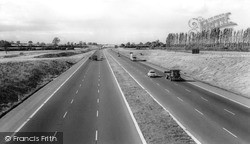Places
Sorry, no places were found that related to your search.
Photos
5 photos found. Showing results 561 to 5.
Maps
83 maps found.
Books
Sorry, no books were found that related to your search.
Memories
1,128 memories found. Showing results 281 to 290.
Omg Such Memories!
I have just read an amusing story about the Walls ices girls and how pretty they were - I was one of those girls - I can't quite believe someone has written about us! What fun we had. We all worked in the school holidays ...Read more
A memory of Holland-on-Sea in 1959
The Eight Bells
I have very happy memories of Hazel and I looking after the Eight Bells for Jack and Sylvia when they went on holiday. This was for a few years in the late 60's and early 70's. Most sadly, my lovely wife Hazel, 'nee' Cook, died ...Read more
A memory of Kelsale in 1968 by
Morden I Loved
I lived in Polar Road, South Merton, but at the end of this road was Morden. I went to school in Morden and my Headmaster was Mr How. I went on to Willows High School for girls. I later went back in the '90s and how much it had ...Read more
A memory of Morden in 1973
Abingdon St
I have fond memories of visiting our grandparents on our mother's side, who lived at number 8. We recited the "ABC" streets and I can remember Smythes the cake shop at the top of the street, where we bought Snowball cakes from. We ...Read more
A memory of Sunderland in 1953 by
My First Job
This was my first full time job. I was the office junior. My name was Anne Steedman. I loved my role there; going round with the post, printing out on the duplicating machine (messy things in them days lol), learning all about he ...Read more
A memory of Corby in 1969 by
Wartime And Later
My mum and I were evacuated to Ingleton during WWII from Wallasey in the Wirral, after we had been bombed out. We lived at 129 New Village and when we went back to Wallasey after the end of the war, my Grandparents, Mr and Mrs ...Read more
A memory of Ingleton by
Wonderful Childhood
I lived in Crib-y-mor with my grandmother, Emily Roberts, and my mother Patricia Jones (both originally Williamson). I lived opposite Tom Roberts and at an early age developed my own system of visiting everyone. First I ...Read more
A memory of Llanbedrog in 1959 by
Hill Street Penybont
I used to visit my grandmother - who lived on the aptly named Hill Street - throughout my childhood. My Gran was Ruth Robbins (nee James) who lived all her life in Hill Street, two of her daughters and their families also ...Read more
A memory of Abertillery in 1952 by
Find My Family The Flemings
Hello anyone who can help me! My dad was born in the Renton. I am trying to find any of my aunts/uncles or cousins. My dad's name was Alexander (Alec) Fleming. He was one of five brothers, Bill, Dan, Jim and Tommy. ...Read more
A memory of Renton in 1960 by
Fishing Under The Arches
I was born Marilynne Thompson at 17, The Lynch, Polesworth in January 1952. My mam and dad, Peg and Geoff Thompson both worked at Ensor's brickyard. When I was about two or three years old we moved to a cottage ...Read more
A memory of Polesworth in 1961 by
Captions
1,233 captions found. Showing results 673 to 696.
It was partly destroyed on 21 August 1775 by a large flood - two of the original small arches were replaced by the single large span we can see here, giving it an asymmetrical appearance.
Opposite the arches and pillars of what used to be Hayman's Pianoforte Warehouse are just visible; the premises are now a gun shop.
Opposite the arches and pillars of what used to be Hayman's Pianoforte Warehouse are just visible; the premises are now a gun shop.
This single-arched stone bridge is situated a few hundred yards to the north of St Machar's Cathedral, and crosses a gorge of the River Don.
Houses had been built into the central arches of the west front by at least the 1660s. The Norman-style windows to the right date from 1863, when this wing became the Probate Registry Office.
Its arches to north, south and east are very tall too, and of Decorated style.
The railings have also been removed, leaving a much more welcoming and open view of this charming village.
Although the pews of 1876 (which replaced much earlier box pews) still survive, the majority of the interior was remodelled in a major restoration under the hand of the architect Temple Moore
Next door is the overhanging 16th-century frontage of the White Hart Inn, with its impressive arch leading into the stable yard. The hotel was closed and converted into shops in the early 1930s.
In the process it revealed Norman arches and probable remains of a chapel, as well as the underground room of a hermit, who was probably attached to Sherborne Abbey.
Inside this expansive parish church the many signs of the Early English era are manifest in the pulpit, for instance, which is inscribed and dated 1631 on a large arched panel with a good helping
St James's church is of medium size; it has Anglo-Saxon windows, and a Norman chancel arch, arcades and font.
Though a good picture of a much-missed local landmark, this photograph also gives us a hint of Burnley as an industrial town.
The semi-circular arch has gone from what is now the car park entrance, and the rather fine pub sign has also disappeared.
Its crossing tower is possibly of the 14th century; it is buttressed by simple moulded half arches at the east end of the nave.
Bodiam Bridge, completed in 1796, marked the limit of normal navigation, but its centre arch was raised sufficiently to allow river traffic to continue upstream when conditions were favourable.
Screened from the road by rhododendrons, the Monks' Pond creates a very dramatic appearance as it reflects the priory arch - a frequent inspiration over the years for artists and photographers,
The last one was recorded in 1908, and the curate of St James's Church in Blake Street, HIndpool (pictured here), with the backing of some local businessmen, provided a much-needed soup kitchen to alleviate
This unusual view shows the priory arch from the south; in the foreground are gardens which became a formal rose garden laid out for Margaret, later the first Lady Gisborough (see photograph
On entering the church, the immediate impression is of the Norman crossing, arches, chancel and east bay. The organ case is richly decorated with acanthus carving, and is late 17th-century.
Constructed of wrought iron and completed in 1879, the Severn Bridge was the longest tied-arch, bowstring truss bridge on the British railway network.
The cylindrical Norman font is stunning: it has intersected arches, big scrolls and two big serpents with twisted tails, their heads looking at a saintly bishop, who is wearing a typical Norman
The entrance to the hospital was through the medieval arched doorway.
The River Great Ouse flooded eight times in 1958- 59, hindering a viaduct construction of eight massive reinforced concrete arches.
Places (0)
Photos (5)
Memories (1128)
Books (0)
Maps (83)

